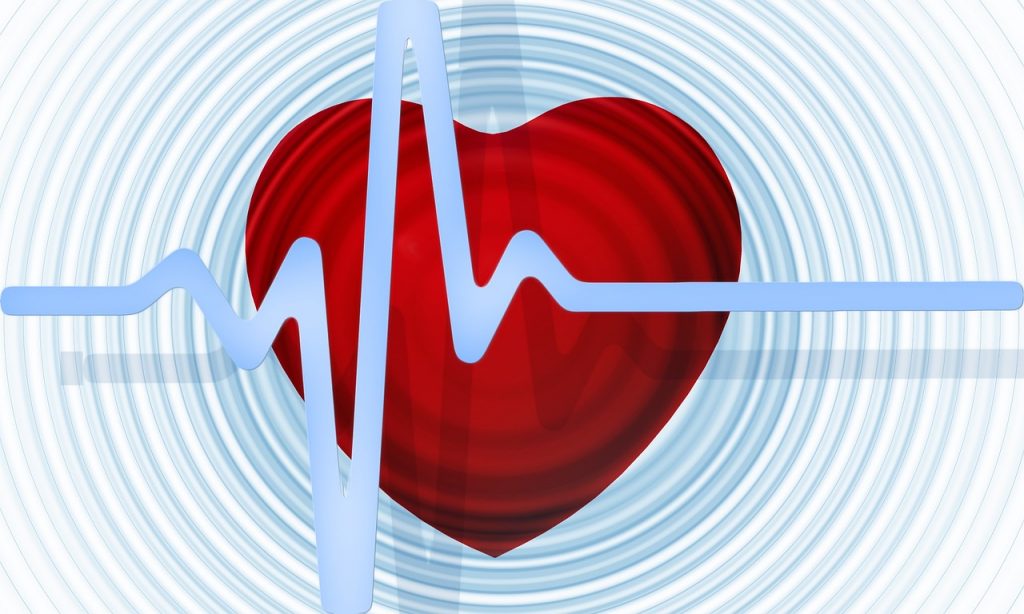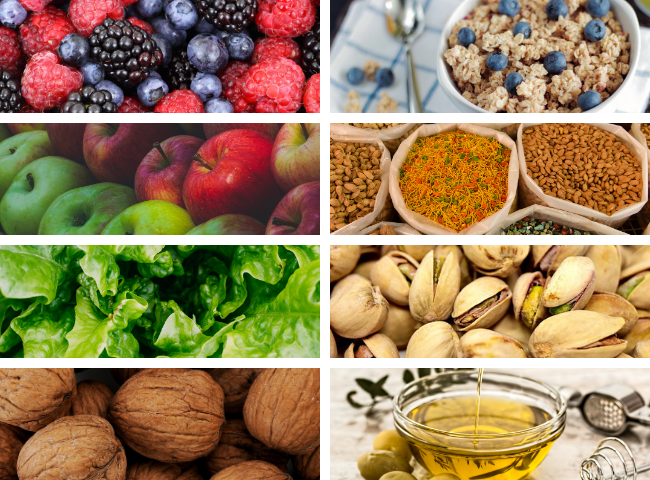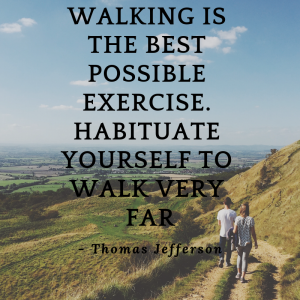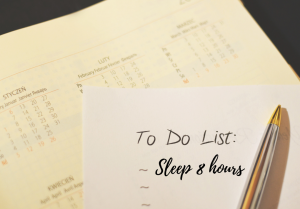
Following is a list of foods that can lower your cholesterol naturally.
Berries. Several berries like cranberries and strawberries are very rich in antioxidants which help in reducing the heart disease.
Apples. A recent research in Netherlands has amply shown that presence of phytochemicals in apples have good potential to reduce the risk of stroke or heart disease to 50 %. Eating two apples or 14 ounces of apple juice each day is beneficial.
Beans/ Legumes. The presence of protein, fiber and many other essential compounds in lentils, legumes and beans can help in reducing the cholesterol, improvement of blood-vessel function and any blood clotting. They are also a rich source of folate which helps in keeping the homocysteine levels (responsible for heart disease) in control. Just one serving of legumes/ dried beans each day can help in reducing cholesterol by about 15 %.
Onions. Eating half raw onion each day can raise the good cholesterol (HDL) by about 30 %.
Groundnuts. Groundnuts are rich in vitamin E (a powerful antioxidant) which significantly reduces any risk of cancer and cardiovascular diseases. Groundnuts also have high amounts of bioflavonoid resveratrol which improves the flow of blood flow to brain by about 20 %, thus reducing any risk of brain stroke. Similarly, by including groundnuts in your diet, you can reduce the cholesterol by about 15 %.

Green Vegetables. Many green and leafy vegetables like fenugreek, broccoli and spinach have large amount of magnesium, antioxidants, calcium and iron which protects the heart from high LDL cholesterol.
Oats. Oats contain large amounts of beta-glucans ( a soluble fiber). Consuming about a cup of well cooked oatmeal each day can decrease the LDL cholesterol levels.
Walnuts. Walnuts contain good amounts of omega 3 fatty acids which help in reducing bad cholesterol (LDL cholesterol) and helps in preventing the formation of blood clots. Consumption of walnuts can reduce your cholesterol levels by 14 % and LDL cholesterol levels by about 17 %.
Olive oil. Among all the cooking oils, olive oil has large amounts (about 70 %) of monounsaturated fats and antioxidants which assist in lowering the LDL cholesterol levels without causing any change in the HDL cholesterol levels.
Pistachios. Eating about 66 grams of pistachios (in-shell), can greatly reduce the LDL cholesterol by about 8 % and the triglycerides by about 12 % as per the study conducted by Archive of Internal Medicine in May 2010.

Herbs. Serpertine, terminalia arjuna, sida cordifolia, green tea and digitalis pupurea are heart friendly herbs and can be easily taken in the form of tea.
Psyllium husk. Consumption of 5 to 14 gms of psyllium husk in our daily diet( low in cholesterol and saturated fats) can help in reducing the LDL cholesterol levels to a great extent.







 Amino acids are the components that make proteins. The human body creates many of its own amino acids, except for nine amino acids that must be obtained through the diet. Depression can be linked to deficiencies in these nine. Foods which contain all nine amino acids are the solution, and these are called “complete proteins.” Among the richest complete proteins are animal products like beef, poultry, fish, dairy and grains like soy, oats, amaranth, and quinoa.
Amino acids are the components that make proteins. The human body creates many of its own amino acids, except for nine amino acids that must be obtained through the diet. Depression can be linked to deficiencies in these nine. Foods which contain all nine amino acids are the solution, and these are called “complete proteins.” Among the richest complete proteins are animal products like beef, poultry, fish, dairy and grains like soy, oats, amaranth, and quinoa. The chemical compounds in dark chocolate (as opposed to milk chocolate), can promote positive mood by raising serotonin and endorphin levels in the brain. Serotonin is a neurotransmitter that comes from the amino acid tryptophan, and involved in sleep, memory, and mood regulation. Endorphins are compounds of amino acids that act like opiates in the body, calming and lifting the mood.
The chemical compounds in dark chocolate (as opposed to milk chocolate), can promote positive mood by raising serotonin and endorphin levels in the brain. Serotonin is a neurotransmitter that comes from the amino acid tryptophan, and involved in sleep, memory, and mood regulation. Endorphins are compounds of amino acids that act like opiates in the body, calming and lifting the mood. Find tips for easy to do fitness walking, health advantages of walking, and ideal walking gear for every walker whether beginner or advanced.
Find tips for easy to do fitness walking, health advantages of walking, and ideal walking gear for every walker whether beginner or advanced.

 Enjoy walking as part of a regular daily routine. The health benefits are endless and the activity is simple and inexpensive to begin and maintain. Make walking a family affair and/or invite friends along as well. Walking can make a significantly positive difference in the life of people of all ages.
Enjoy walking as part of a regular daily routine. The health benefits are endless and the activity is simple and inexpensive to begin and maintain. Make walking a family affair and/or invite friends along as well. Walking can make a significantly positive difference in the life of people of all ages. of stress and work towards alleviating it. Practice healthy living. Follow a healthy and habitual regimen. Eat right, sleep well, follow a hobby, and most essentially be grateful of the body and treasure it.
of stress and work towards alleviating it. Practice healthy living. Follow a healthy and habitual regimen. Eat right, sleep well, follow a hobby, and most essentially be grateful of the body and treasure it. Place the palms on the thighs and keep the spine erect.
Place the palms on the thighs and keep the spine erect. eight hours of sleep, yet most adults are lucky to get six hours of sleep.
eight hours of sleep, yet most adults are lucky to get six hours of sleep. Bedrooms are for sleeping. They are not watching television, surfing the Internet, or doing laundry. A bedroom should be a safe haven, associated with restfulness and relaxation, and bringing a television or a computer into that safe haven can increase anxiety. If the body is conditioned to do little more than sleep in the bedroom, it will know exactly what to do when it comes time for sleep, and the mind will follow suit. Occupying the mind with distractions is detrimental to an easy sleeping environment.
Bedrooms are for sleeping. They are not watching television, surfing the Internet, or doing laundry. A bedroom should be a safe haven, associated with restfulness and relaxation, and bringing a television or a computer into that safe haven can increase anxiety. If the body is conditioned to do little more than sleep in the bedroom, it will know exactly what to do when it comes time for sleep, and the mind will follow suit. Occupying the mind with distractions is detrimental to an easy sleeping environment.